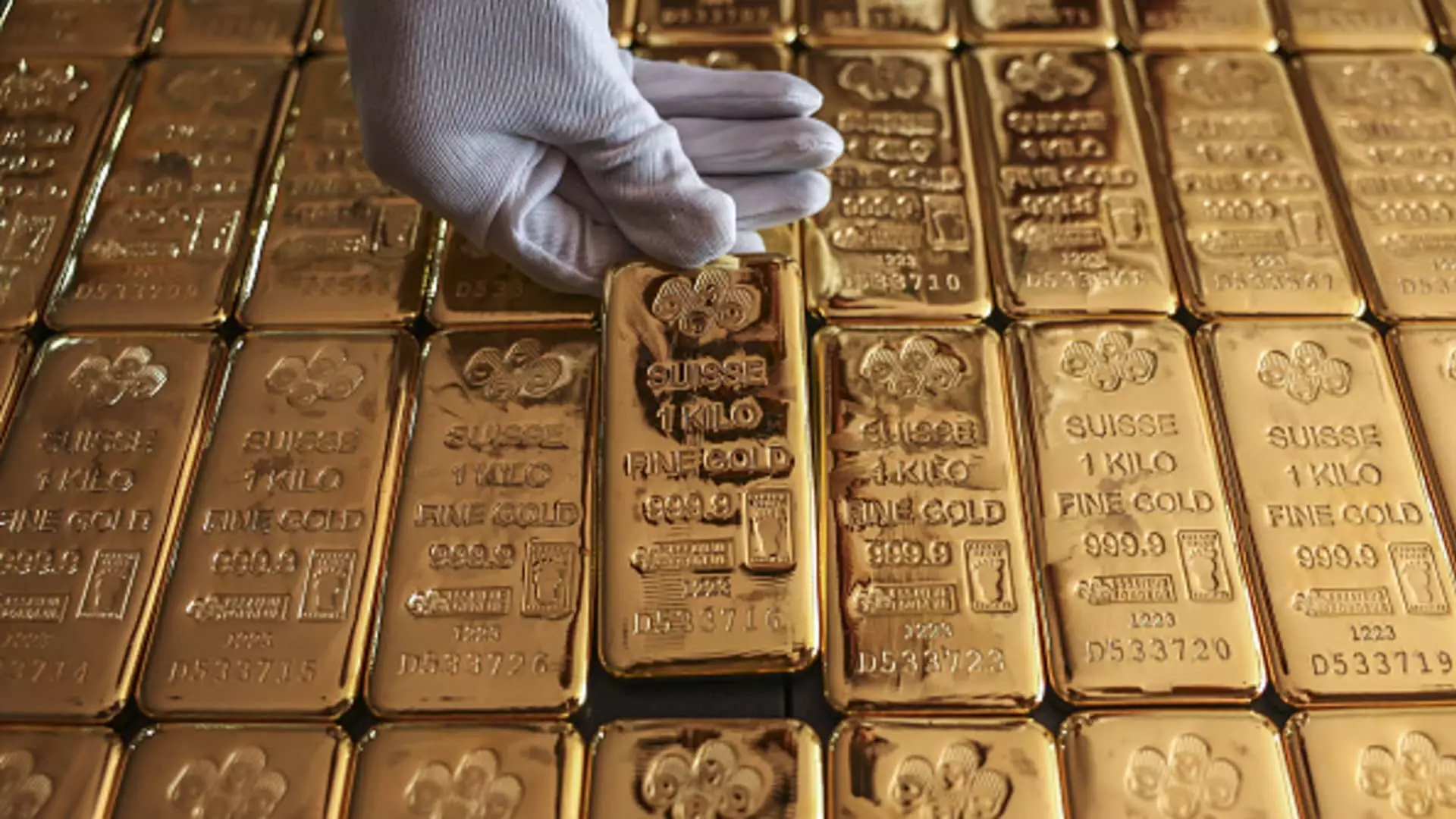Two decades after the inception of the first gold-tracking Exchange-Traded Fund (ETF), optimism for the precious metal remains strong. George Milling-Stanley, the chief gold strategist at State Street and a key figure behind the groundbreaking SPDR Gold Shares ETF (GLD), recently shared his bullish sentiment regarding gold’s future potential. Speaking on CNBC’s “ETF Edge,” Milling-Stanley noted that both central banks and individual investors in major emerging markets like India and China continue to drive significant demand for gold, setting the stage for a prosperous year ahead.
Following the recent elections, market trends exhibited a notable shift, with many investors gravitating toward higher-risk assets. In Milling-Stanley’s view, such a “risk-on” strategy has propelled both stock and cryptocurrency markets to impressive heights. Yet, in an intriguing twist, the long-term stability of gold investments has begun to reassert itself. After experiencing a temporary downturn, the gold market, alongside the GLD ETF, seems to be regaining momentum. This resurgence suggests that despite short-term fluctuations in risk appetite, the allure of gold as a safe haven persists.
The introduction of the GLD ETF marked a transformative moment in the investment landscape. Before its launch, gold investment heavily revolved around jewelry and physical bullion. However, with the rise of ETFs, the dynamics shifted significantly, making gold more accessible to a broader range of investors. This change represents a paradigm shift in how commodities are perceived and invested in. According to Milling-Stanley, the transition toward ETFs has revolutionized portfolio management, enabling diversification that was previously difficult to achieve.
Todd Sohn, an ETF and technical strategist at Strategas, emphasizes that the innovation brought about by the GLD ETF has substantially broadened access to gold investments. Investors now have the opportunity to incorporate gold into their portfolios alongside traditional asset classes such as equities and fixed income. As Sohn aptly points out, the GLD ETF serves as an important diversification tool, allowing both novice and experienced investors to harness the benefits of gold without the complexities associated with physical ownership.
Since its debut, the GLD ETF has demonstrated remarkable growth, with a staggering increase of 451%. This statistic underscores not only the resilience of gold as a financial asset but also the ETF’s role in reshaping investment strategies. As more investors recognize the stability and potential upside of gold, it is clear that the appeal of this precious metal has evolved significantly. The changing landscape of gold investment suggests that as economic uncertainties persist, interest in gold—as championed by the GLD ETF—will likely continue to grow.
The future of gold investments appears promising, driven by increasing demand and innovative financial products that cater to a wider array of investors. As highlighted by Milling-Stanley and others in the field, the shift toward ETFs is a milestone that has redefined the interaction between traditional commodities and modern investment portfolios.

